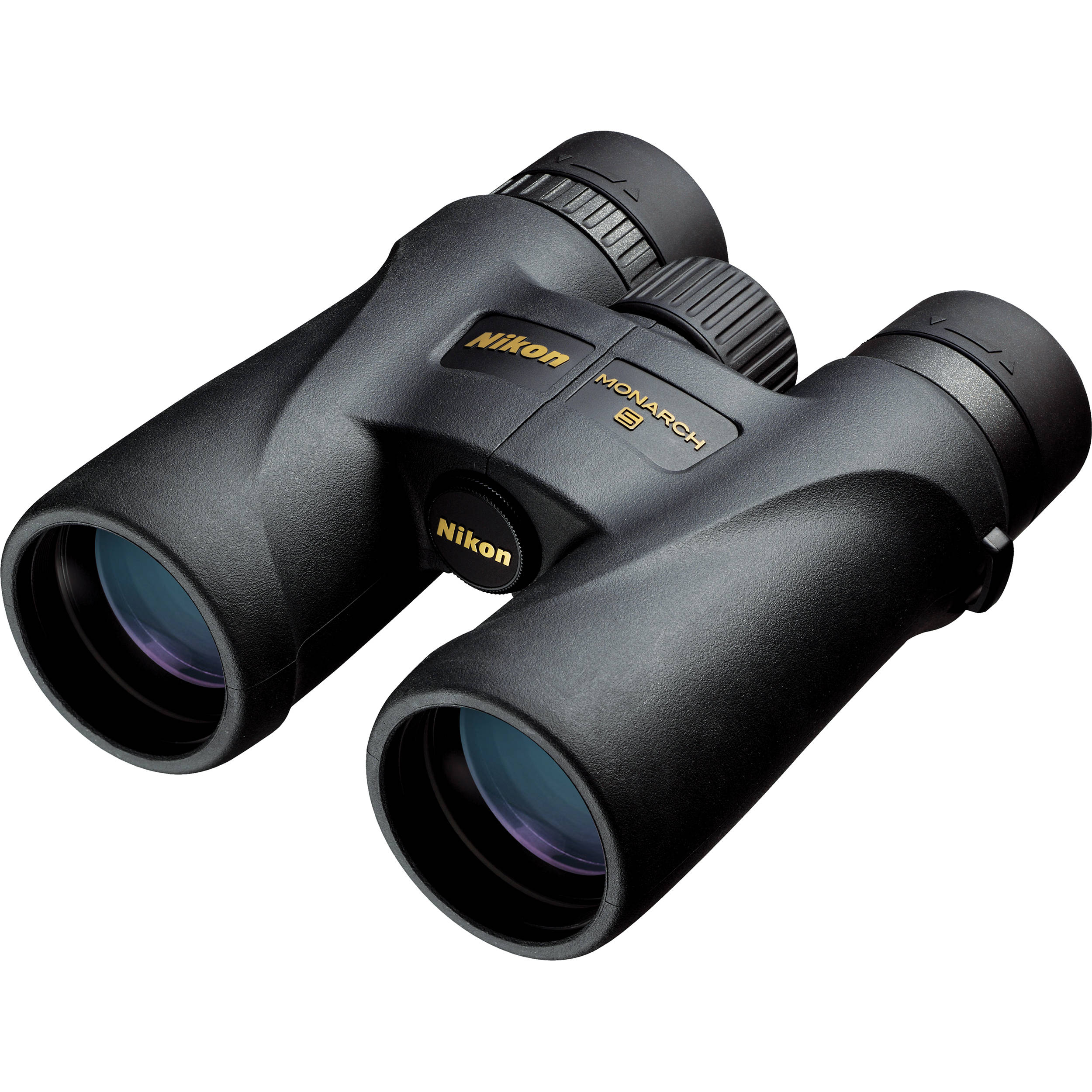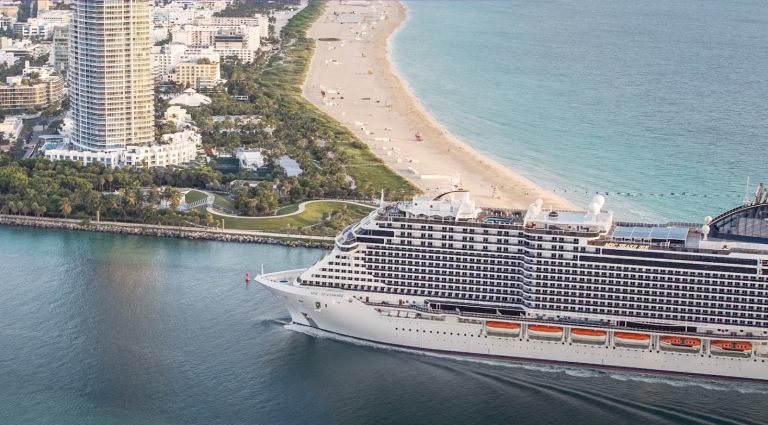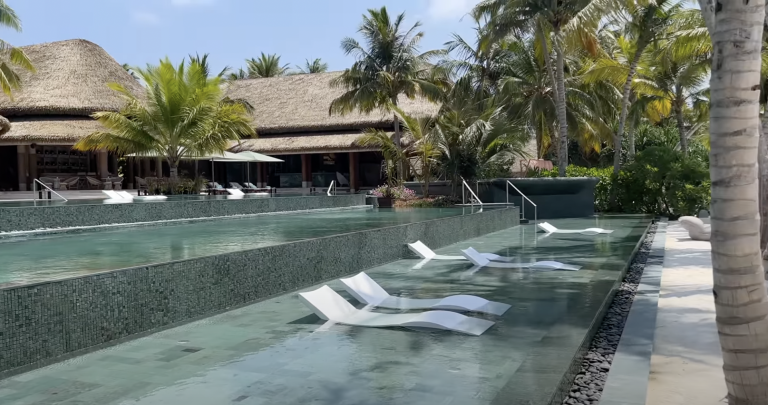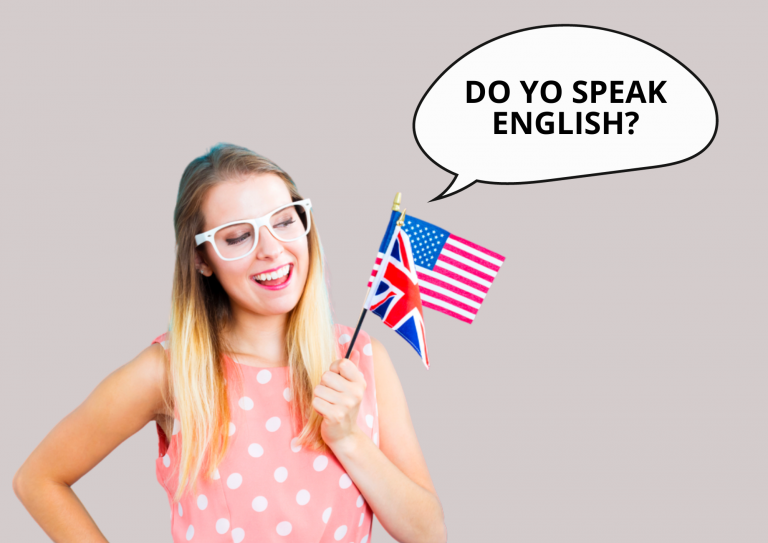Basic Specs Of The Binoculars
Size of a Binocular
Basically, binoculars come in many different sizes (defined by the objective lens size) for numerous outdoor pursuits. Here is a quick comparison.,
Full-Size (Specs: 8 x 42, 10 x 50)
These are best for serious wildlife viewing & for use on boats. Full-size binoculars capture more light & perform even better in low-light situations. Good for bird watching but bit heavy.
Mid-Size (Specs: 7 x 35, 10 x 32)
This type is the best all-around choice for wildlife & sports use. These are also a bit heavy for backpacking.
Compact (Specs: 8 x 25, 10 x 25)
This type is best for daytime outdoor activities. These are very light & small binoculars for backpacking.
Magnification Power of Binoculars
Usually, binoculars are identified by two numbers. The numbers on binoculars show magnification power & lens diameter. For example, 7 x 35 binoculars have a magnification power of 7. Which means that an object will appear 7 times closer.
Objective Lens Diameter of Binocular
The second & final number which is used in binocular identification refers to the diameter (millimeters) of the objective lenses (those farther from your eyes, & closer to the ‘object’ being viewed). For example, 7 x 35 binoculars have objective lenses measuring 35mm. Keep in mind that the diameter of the objective lenses largely decides how much light your binoculars can gather. Similarly, if you have 2 binoculars with the identical specifications apart from the objective lens diameter, the one with the larger diameter objective lenses will capture more light. Which means a brighter view, particularly in very low-light conditions.
Eye Relief
This is the distance between each eyepiece & your eyes while the whole field of view is visible. The longer eye relief increases comfort by permitting you to hold the binoculars away from your face.
Binocular Field of View
This specific spec tells you the width of the area which is usually in feet, that you can view at a glance, 1,000 yards from where you stand. A thing to remember is that a wide field of view is best to find & identify objects like birds. A higher magnification power results in a narrower field of view.
Binocular Focus
Almost all types of binoculars feature a central focusing wheel which focuses both barrels on the binoculars at the same time. They also include a diopter adjustment ring that focuses on one barrel independently of the other. It allows you to compensate for differences in vision between your 2 eyes.
Binocular Prism Type
Without prisms in the binoculars, everything you look at would appear upside down due to how light rays pass through the lenses that are inside binoculars. There are two styles of prisms.
Porro:
Binoculars with Porro prisms give good optics, but they are quite bulkier than binoculars with roof prisms.
Roof:
These binoculars tend to be slim as well as compact, making them a good choice for hiking & other outdoor activities. It takes more precision to make binoculars with roof prisms, that is why these are typically more expensive than those with Porro prisms.
Lens Coatings of Binoculars
Light passes through the lenses, as a result of some of the light in binoculars is reflected away. This typical reflection minimizes the amount of light passing through the lenses & causes the image to appear dark. So, to minimize reflection & ensure clear & sharp images, coatings are applied. The reason is, fully multicoated lenses minimize the most reflection & increase light transmission.
Waterproof & Weather-Resistant
Waterproof binoculars use ‘O-rings’ to create a seal to prevent moisture from entering. But weather-resistant binoculars are not fully waterproof. They are only designed to protect against light rain.
Fog-proof Binoculars
Fogging is quite annoying. To get rid of fog, binocular makers have created methods for replacing the air inside the optical barrels with “inert gas” which has no moisture content & therefore won’t condense. This method protects against fogging up of the internal lens surfaces, but not the exterior ones.
Recommended Readings
Best Hunting Binoculars Under 300$
Best Hunting Binoculars Under 200$
The responses below are not provided, commissioned, reviewed, approved, or otherwise endorsed by any financial entity or advertiser. It is not the advertiser’s responsibility to ensure all posts and/or questions are answered.






